Found these outside on the grass at work today. I thought I would post up a few photos. Anyone that can help I/D them or correct me if I get them wrong would be greatly appreciated.

Fly Agaric I thought (sorry in advance if spelling is incorrect)
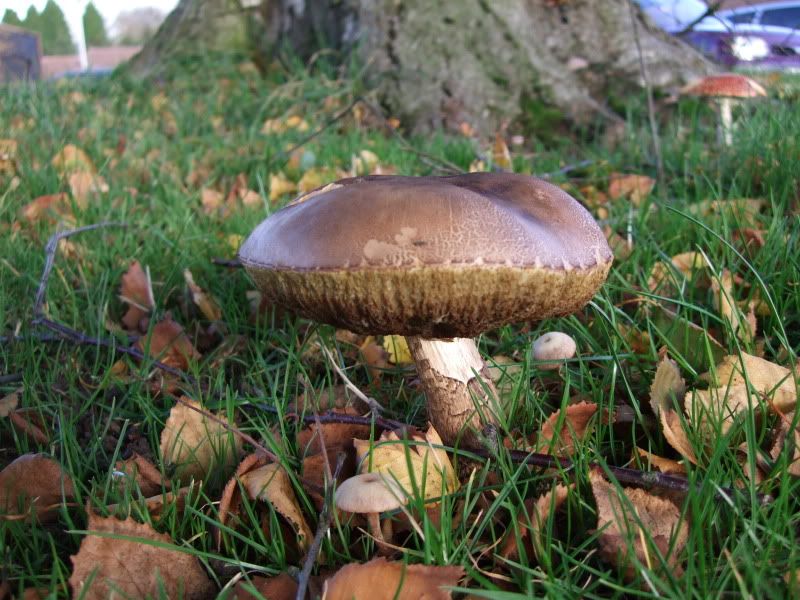
Penny Bun maybe?
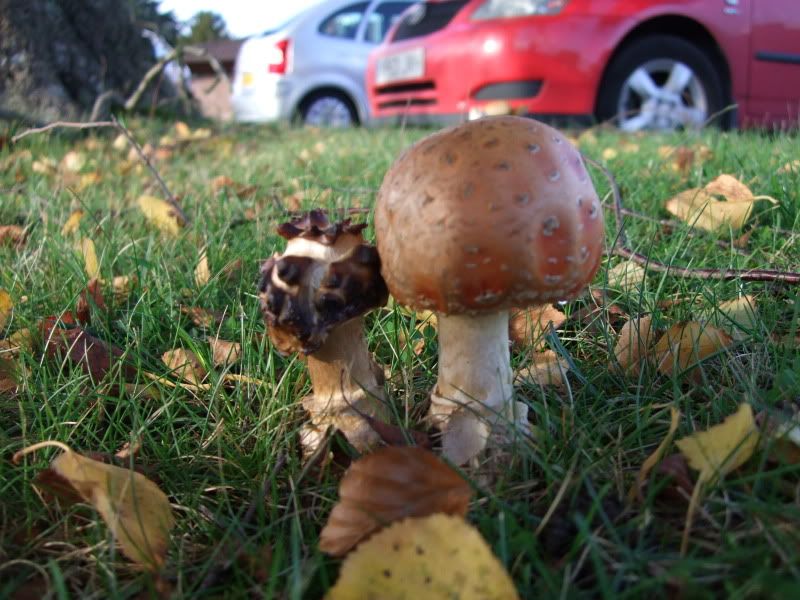
Unsure
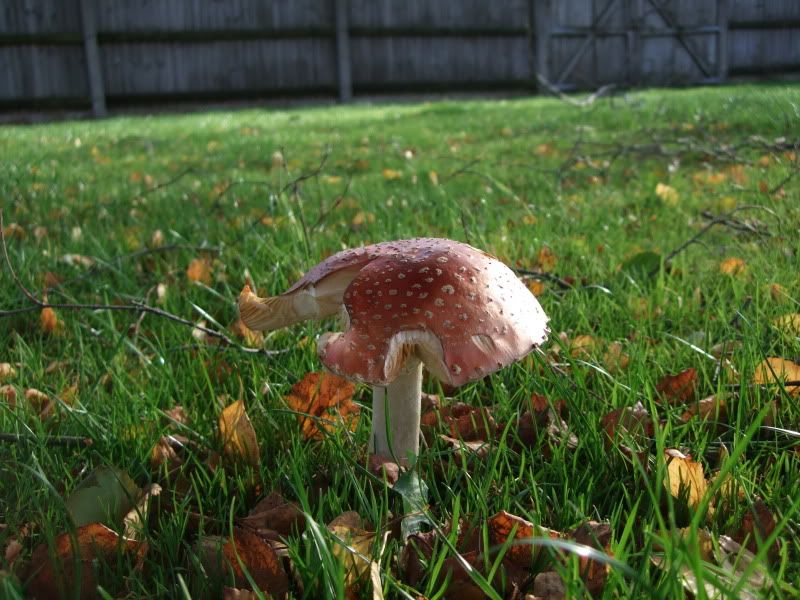
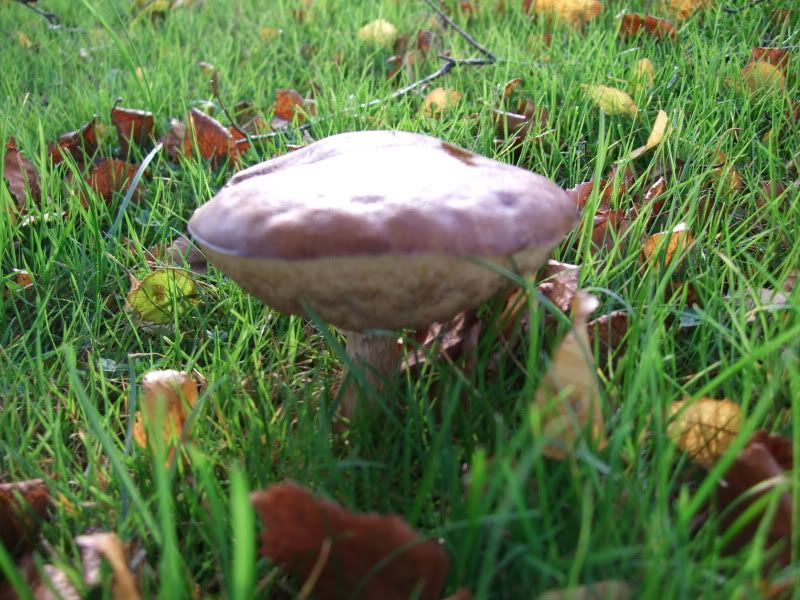
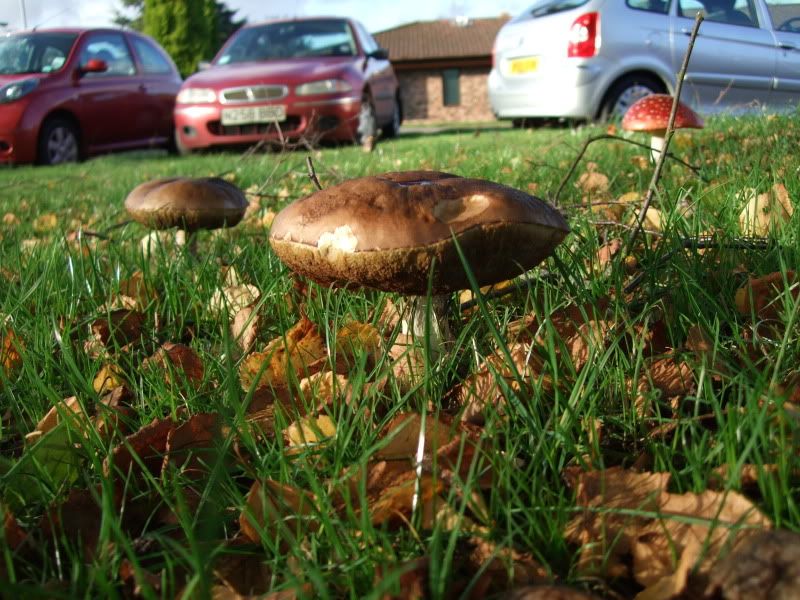
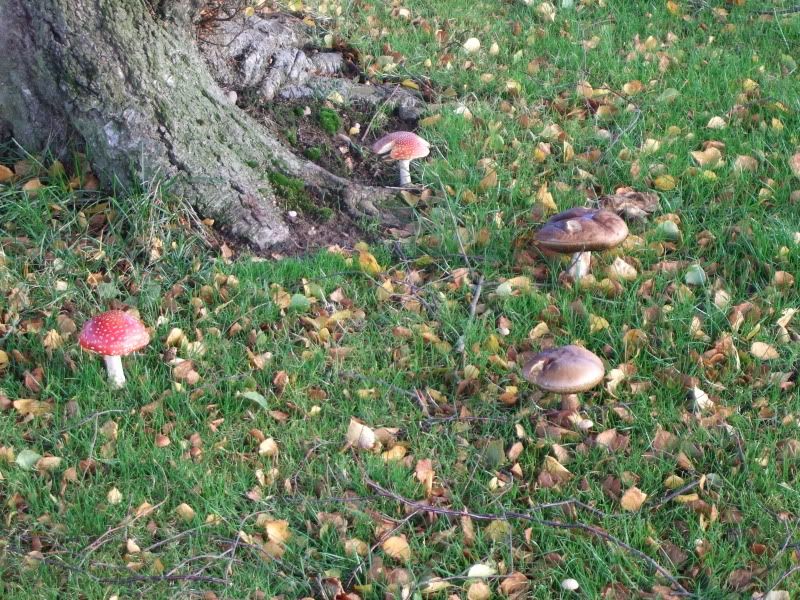
group shot
There you go. not a bad way to spend dinner time.
Not sure which or these beauties are edible and the sad thing is the grounds are due to be visited by the groundsman soon so I doubt they will be here very long.
Thought I would add this one on the end
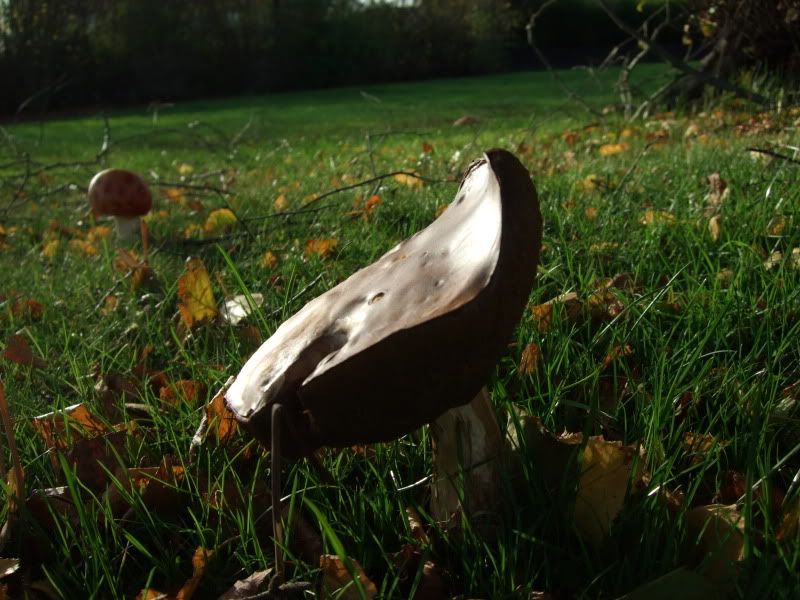
Is this a knife strop fungus?

Fly Agaric I thought (sorry in advance if spelling is incorrect)

Penny Bun maybe?

Unsure




group shot
There you go. not a bad way to spend dinner time.
Not sure which or these beauties are edible and the sad thing is the grounds are due to be visited by the groundsman soon so I doubt they will be here very long.
Thought I would add this one on the end

Is this a knife strop fungus?
Last edited:


